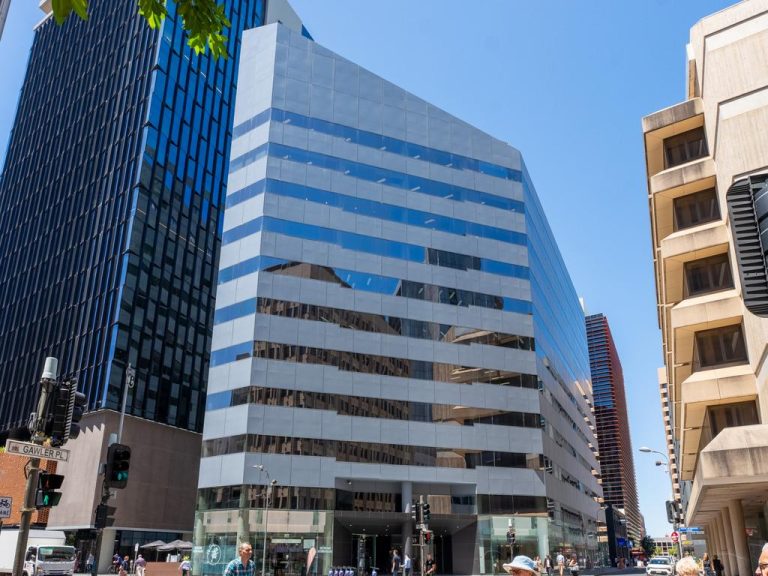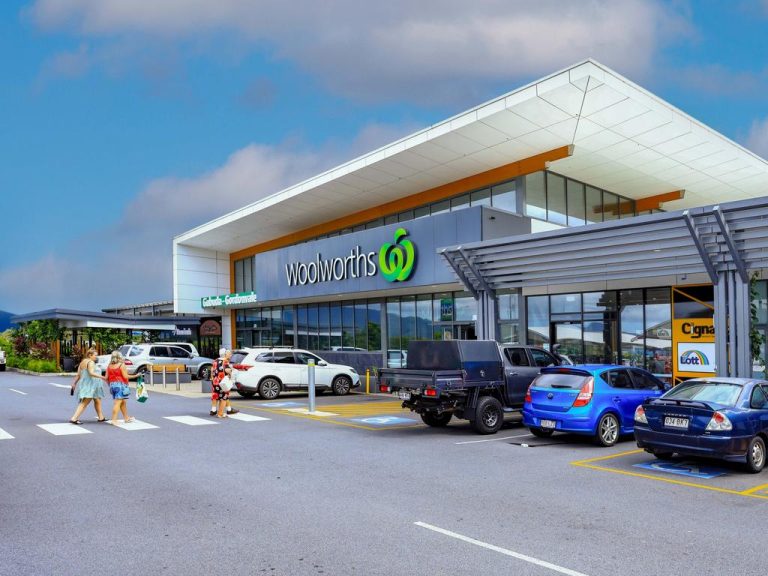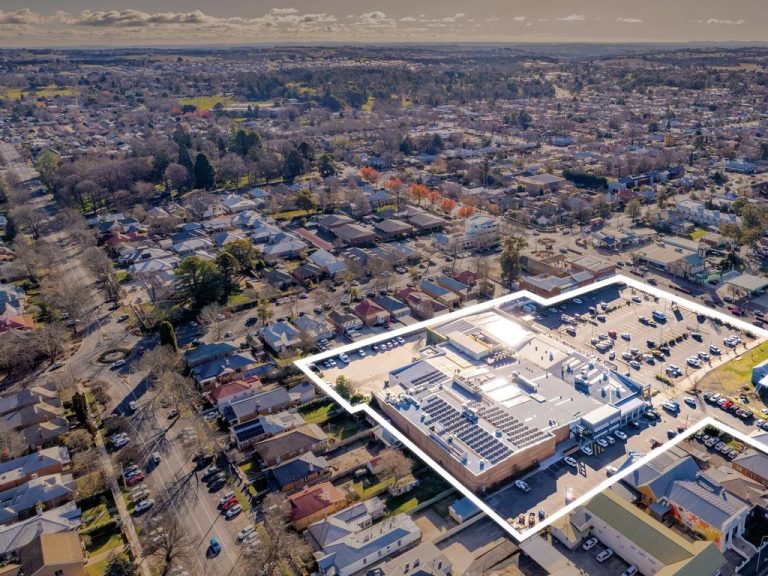Office space taken up but subleasing woes hit Sydney
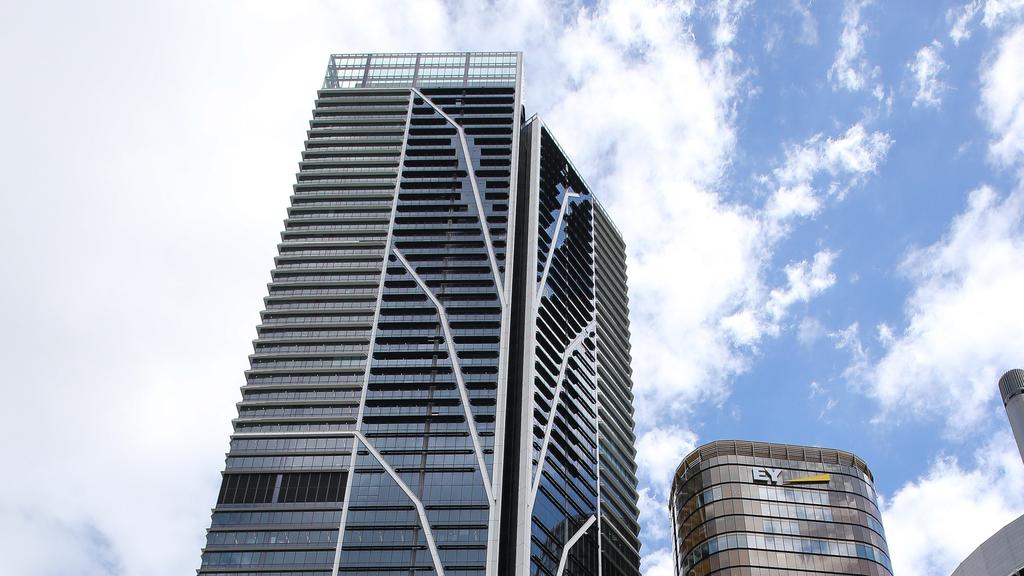
National office markets showed positive net absorption over the June quarter, with a mixed picture emerging across the country. Picture: Gaye Gerard/NCA NewsWire
National office markets showed positive net absorption over the June quarter with a mixed picture emerging across the country as the national CBD office vacancy rate is still lodged at 14.4 per cent, JLL Research said.
The firm noted the ongoing flight-to-quality, but also identified more sublease space in Sydney as key companies shrink their space in large buildings. There has been a big shift to hybrid working, but JLL warned that companies are now facing productivity challenges.
“Credible measures show labour productivity has fallen below the level prior to the pandemic,” JLL head of research, Australasia, Andrew Ballantyne said.
“Most C-suite professionals are aware that the current hybrid workplace model is sub-optimal and a change is necessary to support in-person collaboration and productivity initiatives.”
Sydney CBD was hit by negative net absorption of 35,000sq m over the quarter, with the result attributable to an increase in sublease space. Sublease availability has increased from 2.06 per cent of stock at the end of 2022 to 2.74 per cent in mid-2023.
This was driven by the Commonwealth Bank vacating about 27,000sq m of space at Darling Square, including about 21,000sq m of sublease space, and US tech company Salesforce placing about 7,700sq m up for sublease at Salesforce Tower.
Despite the recent flight-to-quality, there was more negative net absorption in prime (-20,000sq m) than secondary (-15,000sq m) in Sydney, Macquarie noted.
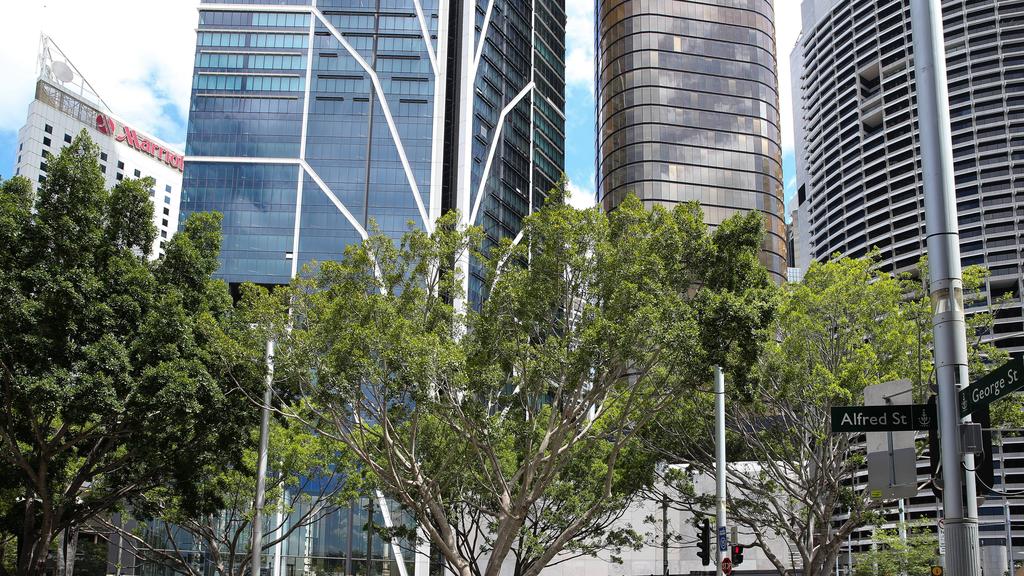
Salesforce’s building on George Street in Circular Quay, Sydney. Picture: Gaye Gerard/NCA NewsWire
JLL is still upbeat.
“Headline numbers in the Sydney CBD miss the strength of the Core precinct,” Mr Ballantyne said.
“Over the past 12 months, the core has recorded 52,800sq m of positive net absorption and the options for contiguous space in high quality buildings are limited.”
In Sydney’s CBD, prime gross effective rents increased by 4.5 per cent over the last financial year.
Melbourne’s CBD recorded 6800sq m of net absorption in the quarter. Leasing activity is stronger in prime grade assets which recorded 42,700sq m over the last financial year, while a contraction in occupied stock was recorded for secondary grade assets of 34,200sq m.
Charter Hall’s 555 Collins St, which houses Amazon, completed in the period, lifting market vacancy in Melbourne to 16.2 per cent, with prime slightly higher at 16.6 per cent.
JLL head of office leasing, Australia, Tim O’Connor, said leasing inquiry and activity is concentrated in higher quality office buildings.
Brisbane CBD also performed strongly last financial year. It had 22,800sq m of net absorption over the quarter and 60,300sq m over the 12 months to June, while Perth’s CBD was the most resilient market over the last financial year with 66,600sq m of net absorption – three times higher than the 20-year average.

